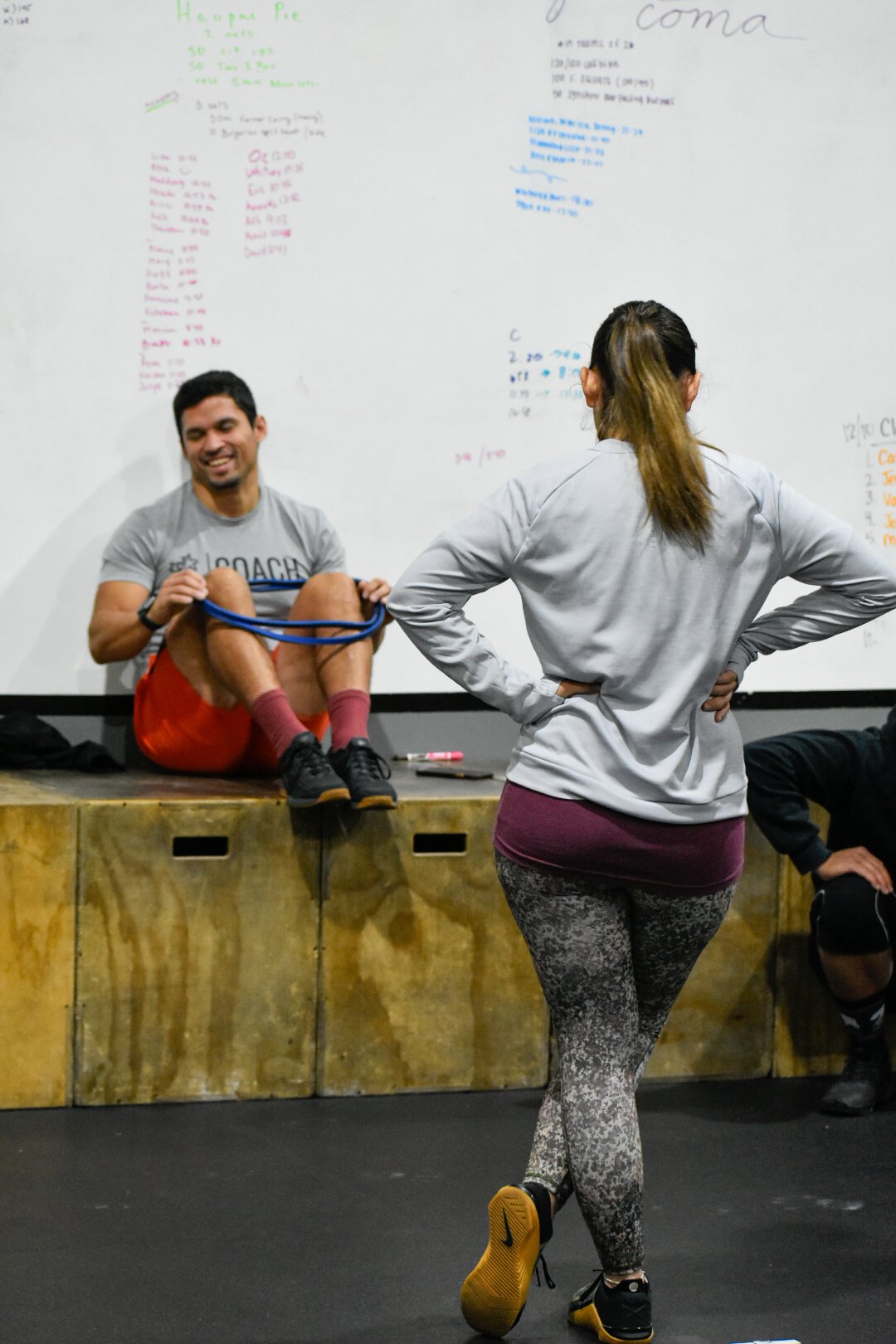Beyond Physical Limits: The Social and Psychological Dimensions of the CrossFit Community
In the panorama of fitness and exercise disciplines, CrossFit has come to be known not only as a rigorous and comprehensive physical activity but also as a community-driven environment. This exploration aims to delve deeply into the symbiotic relationship between CrossFit and the inherent human longing for community and social support, transcending the mere physical parameters of a workout regime.
The Psychological Underpinning
The Human Inclination for Community
Humans are innately social creatures with a psychological predisposition for community and mutual support. According to renowned psychological theories, social connections and a sense of belonging significantly impact mental and physical well-being. The absence thereof can lead to a crazy number of psychological issues, including decreased motivation and commitment, which are crucial for maintaining a consistent and effective fitness routine.
The CrossFit Antithesis
Traditional gym environments, despite offering a variety of equipment and exercise options, often inadvertently foster solitude and a lack of motivational reinforcement. This dynamic stands in stark contrast to the community-centric ethos of CrossFit, where individuals collectively participate in challenging workouts, thus fostering a natural environment of mutual support, accountability, and motivation.
CrossFit: A Confluence of Physical and Social Dynamics
The Community Context
In the realm of CrossFit, individuals embark upon their fitness journey amidst a backdrop of communal interaction. The experience transcends the mere act of exercise, morphing into an environment ripe with social, emotional, and psychological support. Members partake in a collective endeavor, their trials and triumphs shared and celebrated by their peers and coaches alike.
The Empirical Evidence
Research in the field of exercise psychology underscores the positive correlation between social support and exercise adherence. CrossFit’s community-centric model serves as a real-world exemplar of this scientific principle in action, enhancing not only physical fitness but also psychological well-being and emotional resilience.
Personal Narratives: The Living Testimonies
Individual stories further epitomize the profound impact of the CrossFit community. Taking myself as an example. I was a national level Water Polo athlete prior to entering the real world. After water polo ended for me. I went through a depression that came from being removed from my previous lifestyle, exercising with people I called my friends for fun. I tried several other things that was going to “keep me fit” including the globo gym. I knew what I was doing, I was a sports medicine major for gosh sakes, but my motivation was low, my longing to stop after a 6-8 week period was higher than before, and I felt lonelier that I ever had before in my life. Enter CrossFit: CrossFit community significantly enhanced my motivation, adherence, and overall physical and psychological well-being. PERIOD.
A Balanced Perspective
It’s imperative to acknowledge that CrossFit, like any other exercise modality, is not devoid of potential drawbacks and challenges. The high-intensity nature may not suit everyone, and individual experiences within the community can undoubtedly vary.
The Holistic Benefit
However, in an overarching analysis, the integration of community and exercise within the CrossFit paradigm stands as a robust model for holistic health enhancement. It not only addresses the physical dimensions of health and fitness but also profoundly satiates the human yearning for social integration, mutual support, and community belonging.
CrossFit emerges not merely as a physical workout regimen but as a comprehensive and integrated approach to health, wellness, and community, reflecting the multifaceted dimensions of human well-being.


